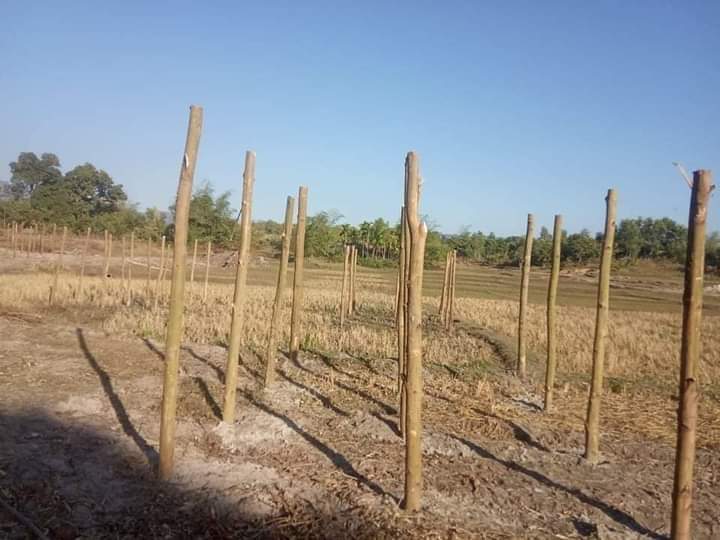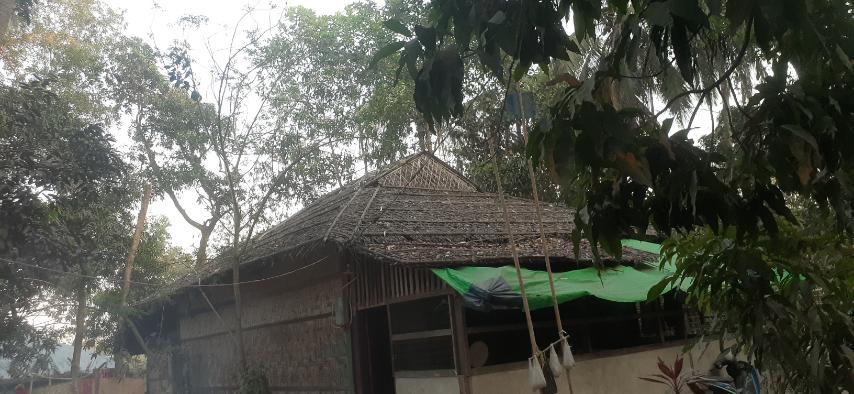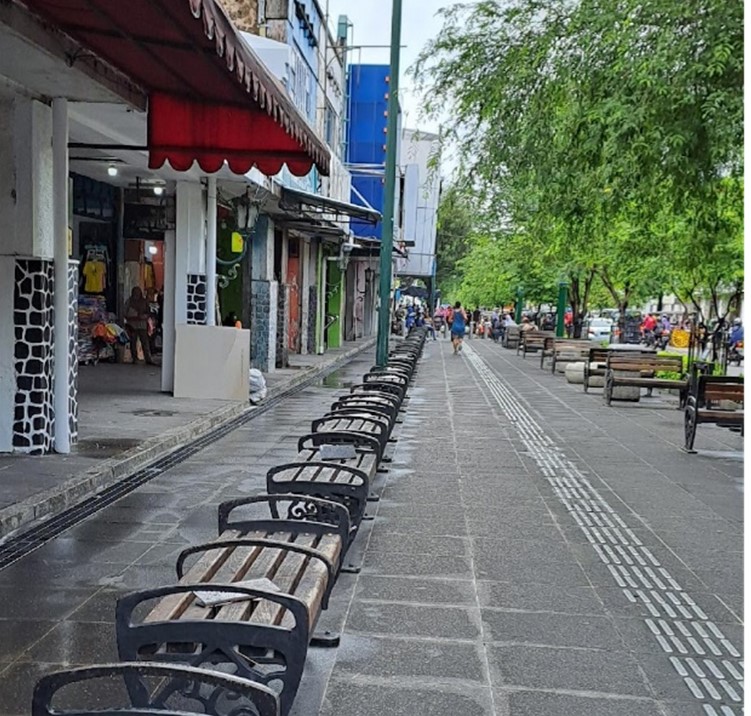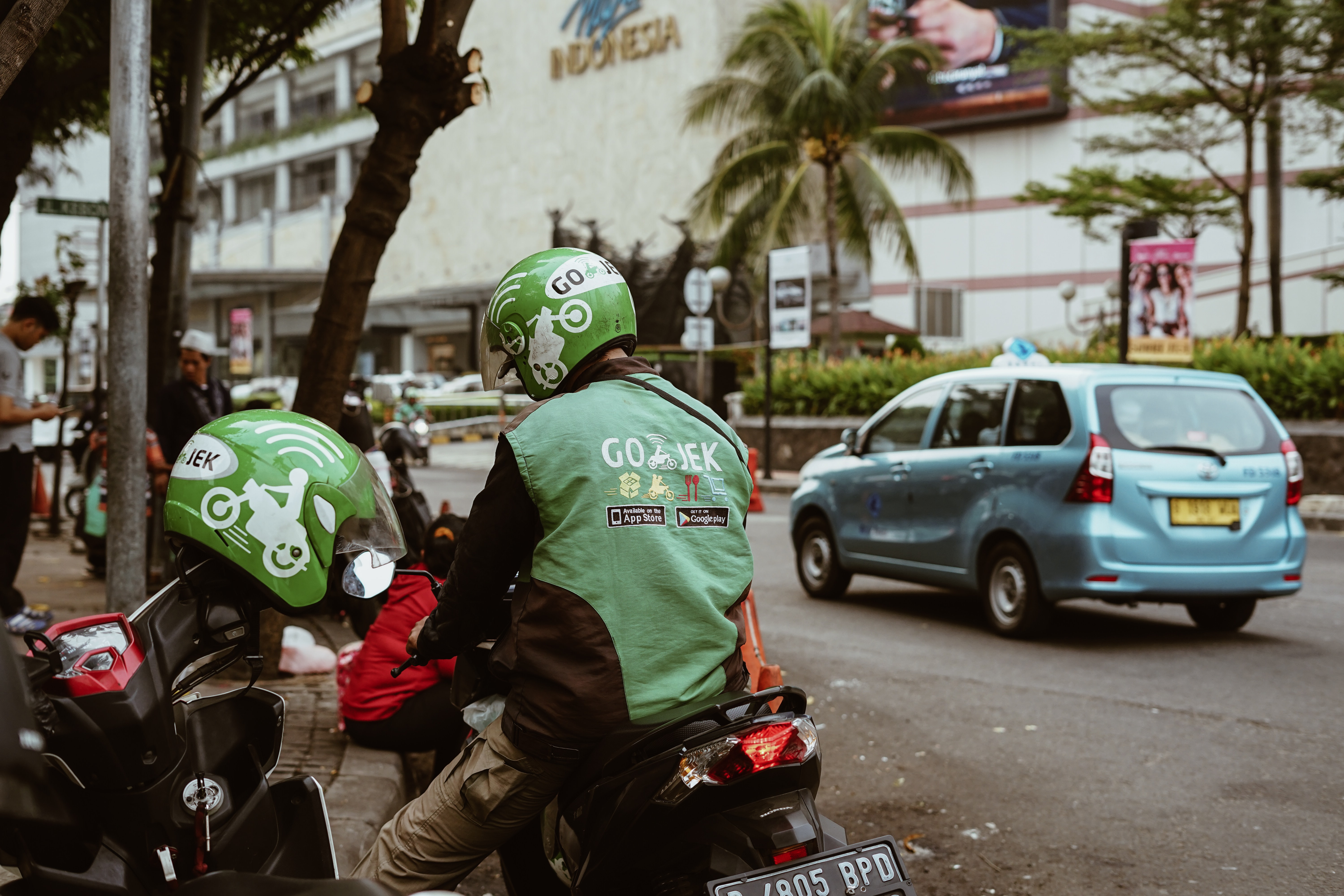Over the years, Rohingyas have been facing a terrible dilemma in overcrowded camps. The presence of military and police has increased; simultaneously, there have been many clashes between armed groups. The arrival of COVID-19 resulted in more restrictions on the refugees’ freedom of movement and access to the camps for international humanitarian groups. When asked about the relocation to Bhasan Char, our informants said they were not interested, with some even being frustrated at the thought. The relocation also means they are moving further away from home. “But which home do they refer to?” ask Desi Ari Pratiwi and Dr. Abellia Anggi Wardani.
_______________________________________________
The United Nations has described the Rohingyas “as the most persecuted minority in the world.” An estimated 745,000 Rohingyas were forced to flee to Cox’s Bazar, Bangladesh, after a deadly crackdown in Rakhine State, Myanmar, in August 2017. Eighty per cent of Rohingya refugees reaching Bangladesh were women and children, including new-borns. The mass influx of more than 700,000 refugees from 25th August to 31st December 2017, and an additional 13,223 who arrived since January 2018, caused a major humanitarian emergency that gravely compounded the existing challenges around the provision of assistance to the estimated 200,000 to 300,000 Rohingya refugees who were already in Bangladesh. According to the Joint Government of Bangladesh – UNHCR Population map, as of 28th February 2021, 34 camps at the time were housing 877,710 displaced Rohingyas, including the two officially registered camps, Kutupalong and Nayapara. Most Rohingyas are concentrated in the Ukhia and Teknaf areas, where 6,000 acres of hills and forests have been cleared to provide temporary shelters.
Over the years, Rohingyas have been facing a terrible dilemma in overcrowded camps. Kidnappings, violence, extortion, and drug trafficking cases have increased in the camps. The military and police tighten up the security as there have been also many clashes between armed groups for control of the camps. Not to mention the labour competition between Rohingyas and Bangladeshi communities, which has led to tensions between both communities. The arrival of COVID-19 resulted in more restrictions on the refugees’ freedom of movement and access to the camps for international humanitarian groups. Many are becoming more desperate and hopeless as the conditions within the camps continue to deteriorate, driving them to take risks to survive. In order to escape, some choose to make the perilous journey on human trafficking boats departing for Malaysia, while others sign up to be relocated to the remote island of Bhasan Char. The combination of these challenges has left many Rohingya questioning where and what to call “home” and whether they will even have a chance to have one. This brief article will identify their shifting perceptions on the idea of a home while they are in the process of relocating to Bhasan Char.
The Relocation Plan
The Bhasan Char, a 13,000-acre island which emerged in the Bay of Bengal in 2006, has been developed under Bangladesh’s Ashrayan-3 project, to relocate at least 100,000 Rohingyas from Cox’s Bazar. Officials in Bangladesh claim that $350 million was spent on the project conceived in 2015. The relocation of Rohingyas to Bhasan Char has caused mixed reactions among international groups and Rohingyas themselves. The United Nations and rights groups appreciate the generosity of the Government and People of Bangladesh in offering shelter to the Rohingya refugees with better accommodation. However, they also raised serious concerns about the government’s capacity to ensure the island’s safety from natural disasters, the fundamental rights of refugees to move voluntarily, and access to education, health care, and livelihood opportunities.
The virtual tripartite meeting among Bangladesh, Myanmar, and China on 19th January 2021 resulted in a positive consensus on Rohingya refugees’ repatriation, which was expected in the second quarter of 2021. Nevertheless, the news of Myanmar’s military coup in February 2021 led to more fear and frustration in the refugee camps. Moreover, dissatisfaction is also growing among the camp residents in Bhasan Char for various reasons, which is contrary to the Bangladesh Government’s claim. However, many refugees still believe they will eventually be able to go back to Myanmar, although the new military regime only brings up painful memories for them.

House construction for IDP at Zula village, Myo Oo ward, Maungdaw on farmland (photo by Mohamed Solim in Maungdaw township)
As part of our organization’s future advocacy efforts in raising more awareness on the importance of the Rohingya refugees’ return to Myanmar, we want to capture their expectations, as well as their perceptions in light of the on-going relocation plan to Bhasan Char. We asked what they considered as home, “what is ‘home’ to them? Where can they find ‘home’?”. In December 2021, we conducted interviews through phone calls and texts with eight Rohingyas who have lived in Cox’s Bazar camps since 2017. The interviews were conducted in the Rohingya language to help the respondents connect with the associative word. In order to maintain the safety and security of the informants, we have kept their identities anonymous.
Defining Home among the Rohingya Refugees
The Bangladesh Government began the relocation of Rohingyas from the dense camps in Cox’s Bazar to Bhasan Char in December 2020. Within a year, nearly 20,000 Rohingyas were transferred to the remote island. The murder of Rohingya leader Mohibullah makes the current situation in the camps worse, dark, and hopeless. The Arakan Rohingya Salvation Army (ARSA), which is said to operate in the area, and other armed groups are believed to be the perpetrators of most criminal activities in the camps. Nevertheless, most Rohingyas are too afraid to testify publicly, and the number of people trying to escape the island has been growing. Many escapees risk perilous journeys with the help of smugglers to third countries in search of better opportunities. Some lose their lives at seas, while others are detained by the authorities.
When asked about what comes to their minds when talking about relocation to Bhasan Char, all informants said they were not interested, with some even being frustrated at the thought. Inadequate health care and education, movement restrictions, food shortages, and limited livelihood opportunities are said to be the main reasons why they do not want to move voluntarily. The relocation also means they are moving further away from home. But which home do they refer to?

Local Fire Extinguishing Apparatus Set up at Rohingya House in Ywa Thikkay Ward, Maungdaw (photo by Mohamed Solim in Maungdaw township)
Home is a multidimensional concept that has no set standard qualities pertaining either to the person or the place. Rather, each home features a unique and dynamic combination of personal, social, and physical properties and meanings (Sixsmith, 1986). In understanding the concept of home, it requires us first to discuss how a home differs from a house. Referring to Lawrence (1987), a house is a physical unit that defines and delimits space for the members of a household and provides shelter and protection for domestic activities (p. 155). Among refugees and displaced people, these notions of place describe a slightly more nuanced meaning where a home remains an idea where the pain to belong is relieved. Meanwhile, in a recent study conducted by The Asia Foundation (2020), according to Rohingyas, Myanmar is their ancestral homeland, where they were born and raised. They express their desire to return home to Rakhine State with their citizenship and rights restored.
As the situation in Myanmar deteriorated significantly due to the military coup in February 2021, the plan to ensure a dignified return for Rohingyas was no longer an immediate priority for the Government. The refugees, not knowing what the future holds for them, continue to live in a sort of purgatory. Their longing for a home exposes a desperate need for a place to belong. As one respondent explained:
“Home is like a house or shelter where we can enjoy sleeping, eating, celebrate religious and social events, playing, breed animals, etc. We can find a home when we return to our ancestral homeland or get resettlement with other citizens.”
One of our respondents stated that staying in the camps is not the best solution. Another source from the camp added:
“A home is a place which has all the family members who can stay freely, building a house with safety and security. Now I have a shelter in the camp, but I want to have my own home in my motherland if I can return, or there will be a possibility to have a home in a third country.”
Some Rohingyas seek asylum by looking for an option through the Canadian Rohingya Refugee Resettlement program. However, they hope the Bangladesh Government and other international actors will continue to pressure the Myanmar Government to immediately implement the repatriation process and prioritize the fundamental rights of the Rohingyas.
These findings support the definition of home explained by Sixsmith (1986) mentioned above. Although the Bangladesh Government offers better houses in Bhasan Char, Rohingyas do not consider it home. The newly man-made neighbourhood does not appeal to them, for it does not give any sense of cultural and psychological connection to their previous experience. The tall concrete buildings have never been associated with a house or even a home for the Rohingyas, who are accustomed to building their houses from bamboo. Meanwhile, living in the camp and being so close to the border between Bangladesh and their homeland of Myanmar offers some solace and makes them feel connected to their roots.

Roofing with Plastice sheet at Ywa Thikkay Ward, Maungdaw (photo by Mohamed Solim in Maungdaw township)
Given the current political situation in Myanmar after the coup, those that were interviewed doubt that the current regime will make their repatriation a priority. Although most respondents consider Rakhine their home, they are afraid they will face the same persecution they experienced in the past. They have a hard time associating the word ‘home’ with the newly built island of Bhasan Char. Some would prefer to seek refuge in countries such as Malaysia or Canada, where their families are and where they can live with a sense of comfort and security.
The complexity behind the relocation of Rohingyas requires more than the current practical solution offered by the Government of Bangladesh. It begs for more attention to the underlying needs, for the belonging that Rohingya communities need, preventing them from returning home would derail the decades-long struggles for their identity to be recognized. After all, home is a feeling, and don’t we all want to feel at home?
References
Dam, H. & Elyes, J. (2012). “Home tonight? What? Where?” An exploratory study of the meanings of house, home and family among the former Vietnamese refugees in a Canadian City. Forum Qualitative Sozialforschung / Forum: Qualitative Social Research, 13(2). doi.org/10.17169/fqs-13.2.1696
Lawrence, P. (1987). What makes a house a home? Environment and Behavior 19(2): 154-168. doi.org/10.1177/0013916587192004
Sixsmith, Judith. (1986). The meaning of home: An exploratory study of environmental experience. Journal of Environmental Psychology 6(4): 281-298. doi.org/10.1016/S0272-4944(86)80002-0
About the Research
The findings of this research were derived from a research project aiming to monitor the incidents happening in the camps in Cox’s Bazaar, Bangladesh from September 2020 – present. The objective of the research is to collect findings using a data-based approach to inform relevant stakeholders on the situation in the camps for advocacy purposes. The project involves enumerators (Rohingya origin) living in the camps and local research assistants residing in Northern Rakhine State, Myanmar. We would like to thank the Center for Social Integrity, Myanmar for supporting the research project.
______________________________________________
*Banner photo by Zhantu Chakma on Shutterstock
*The photographs in the blog are taken by Mohamed Solim, to whom the authors are grateful for their use in the blog
*The views expressed in the blog are those of the author alone. They do not reflect the position of the Saw Swee Hock Southeast Asia Centre, nor that of the London School of Economics and Political Science






1 Comments